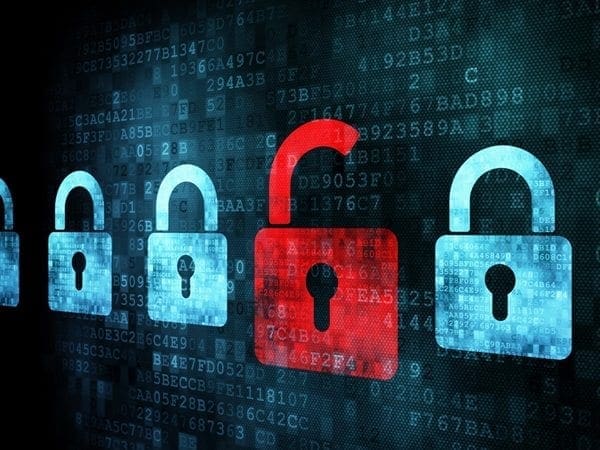With the increase in remote working, organizations need to be better prepared for cybersecurity risks and vulnerabilities. This means many things, but above all, when focusing on the remote workforce, it means training employees, analyzing software, and ensuring antivirus solutions are deployed on all devices.
When working from home (WFH) went from 0 to 81-100% for companies, it seems that they were able to move their workforce without a problem or at least this is what a study by Malwarebytes finds.
- The study shows that respondents felt their employer was prepared for the transition to WFH with the average ranking for preparedness being 7.23 out of 10. Only 14% of those surveyed ranked their company with a 4 or less.
However, the same study also revealed that organizations failed to address cybersecurity areas for working remotely that would have strengthened their overall security and reduce remote or hybrid workforce risks.
- 44% of organizations didn’t provide cybersecurity training focused on the potential threats of working from home.
- 45% of organizations didn’t analyze the security or privacy features in the software tools considered necessary for remote working.
- 68% of organizations did not deploy a new antivirus solution for work-issued devices.
Let’s start with cybersecurity training and potential threats.
Making sure that everyone understands the importance of cybersecurity and has a basic understanding of how it works can be done through training sessions on what are some of the more common threats with remote working and what measures can be taken to protect against them.
By providing basic knowledge around cybersecurity and highlighting steps like having a strong password or using two-factor authentication employees will better safeguard data from being compromised, and they will also gain hands on experience with cybersecurity, as well as learning how to identify and mitigate threats.
Cybersecurity training will also lead to implementing good cybersecurity practices such as keeping all software updated offline so no virus enters the system when connected online, avoiding downloading anything without confirming its origin (not clicking any links), and how to use public networks or private ones to avoid vulnerabilities that would let cyber criminals in.
Next, analyzing the security or privacy features in the software tools.
Analyzing all software tools used by employees for remote work is important if the settings are going to be configured in such a way that will leave little room for error and therefore cyber criminal access.
The software tools should have an emphasis on security and privacy features as this will help reduce any possible risk from cyberattacks while at home or abroad, while also meeting compliance regulations such as GDPR and CPRA.
Developing an inventory list which includes all remote working tools used by employees along with their security features will help. Furthermore, analyzing what is needed in terms of installed protection on these machines from malware themselves at home will also be of great assistance.
Make sure to plan ways that your organization can better handle risks involved with remote working when you decide on technological solutions for operations and pick solutions that were built with security in mind.
Following the SolarWinds attack, it has become clear to all organizations how you can’t rely on the security of your software alone unfortunately. You need an extra pair of eyes, you need a person that is experienced at setting up the specific security and privacy needs for each piece of software your employees use, including the antivirus solutions you have for employees and all your devices.
Lastly, deploying a new antivirus solution for work-issued devices.
An antivirus solution needs to be deployed on all devices issued by the company because this helps protect against malware that might not show up when checking.
This should be easy with the help of IT administrators. However, now that the majority of employees work remotely, there is a need for a bigger IT department or for training to take place for those employees to know how to use the devices, the software, and the antivirus solution.
Learning how to deploy, set up, and monitor the antivirus solution is what will help employees know what to look for and if they are truly protected.
If you need support, reach out to our cybersecurity experts for a consultation. Schedule your call today!
NCX Group also offers cybersecurity training you can check out our free solution here: https://training.ncxgroup.com/free/.
You can also get your cyber health check for free.
Photo courtesy of Maksim Kabakou

